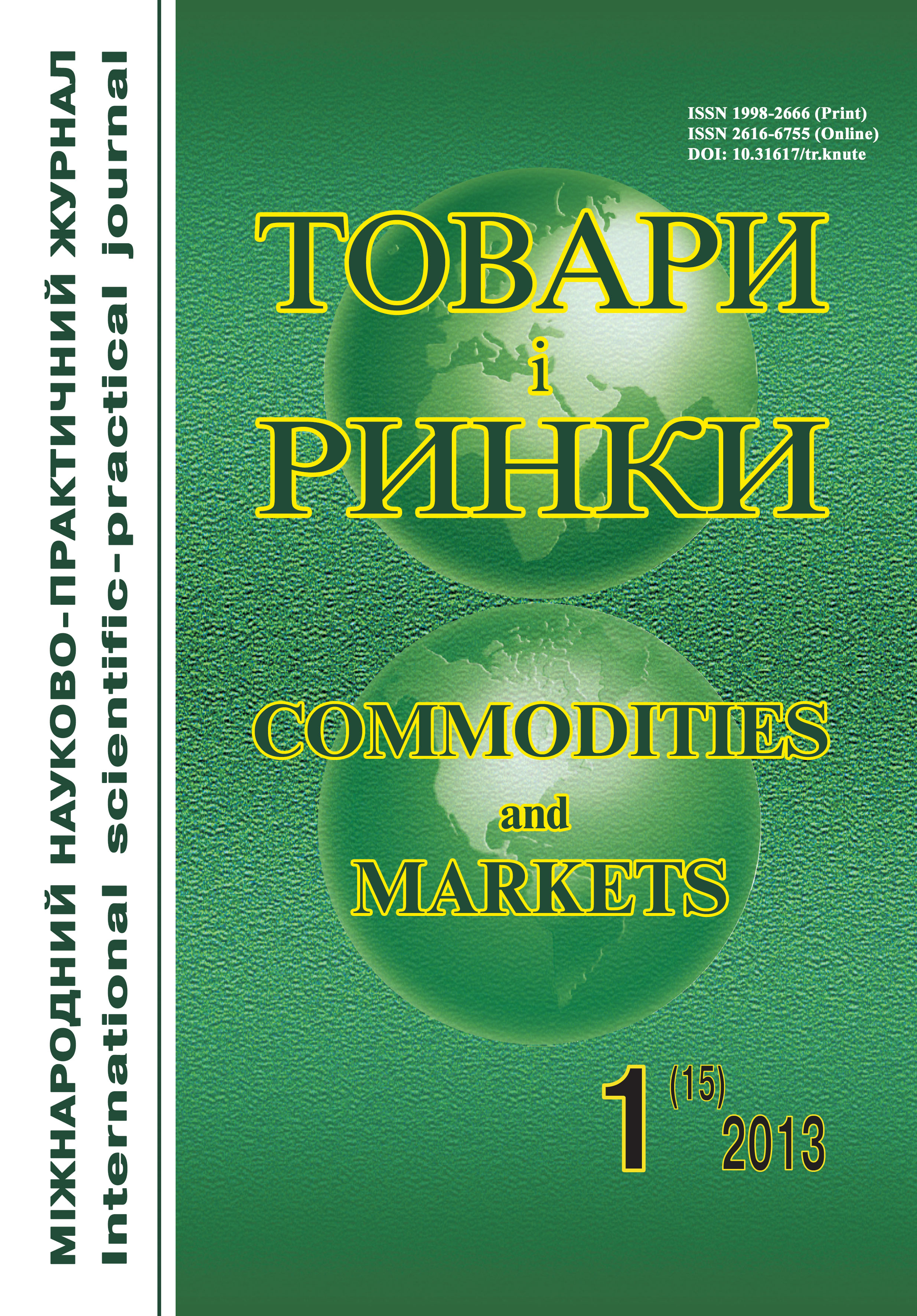Nanomaterials in lubricants
Keywords:
nanomaterials, lubricants, fullerenes, nanodiamonds, fumed silica, clays, ultradispersed boric acid, ultradispersed PTFEAbstract
The present communication overviews the use of various classes of nanomaterials in lubricant formulations. The following classes of nanomaterials are considered: fullerenes, nanodiamonds, fumed silica, clays, ultradispersed boric acid and PTFE. Current advances in using nanomaterials in engine oils, industrial lubricants and greases are discussed. Results of numerous studies combined with formulation experience of the authors conclusively suggest that nanomaterials, indeed, have potential for enhancing certain lubricant properties, yet there is a long way to go before balanced formulations are developed.
References
B. Zhmud, "Pursuit for better fuel economy: Reducing engine friction helps maxing out miles per gallon", The Vehicle Component 5 (2012) 18—21.
V. I. Kolesnikov, N. A. Myasnikova, E. N. Volnyanko, et. al., "Lubricants with ceramic nanoadditives and wear-resistant surface structures of heavyduty frictional joints", Russian Engineering Research 31 (2011) 454—457.
N. V. Gitis, Tribology testing of lubricating oils with nano-additives, 16th Int. Colloquium Tribology, TAE, 2008, p. 78.
H. W. Kroto, J. R. Heath, S. C. O'Brien, et al., C60: Buckminsterfullerene, Nature 318 (1985) 162—163.
N. Zink, J. Pansiot, J. Kieffer, et al., Selective synthesis of hollow and filled fullerene-like (IF) WS2 nanoparticles via metal–organic chemical vapor deposition, Chem. Mater. 19 (2007) 6391—6400.
A. Titov, Effect of fullerene containing lubricants on wear resistance of machine components in boundary lubrication, Department of Mechanical Engineering, The New Jersey Institute of Technology, 2004.
V. N. Mochalin, O. Shenderova, D. Ho, Yu. Gogotsi, "The properties and applications of nanodiamonds", Nature Nanotechnology 7 (2012) 11—23.
C. C. Chou, S. H. Lee, "Tribological behavior of nanodiamond-dispersed lubricants on carbon steels and aluminum alloy", Wear 269 (2010) 757—762.
A. P. Puzyr, A. E. Burov, G. E. Selyutin, et al., "Modified nanodiamonds as antiwear additives to commercial oils", Tribology Transactions 55 (2012) 149—154.
N. Canter, "Boron nanotechnology-based lubricant additive", Tribology and Lubrication Technology 65 (2009) 12—13.
A. Greco, K. Mistry, V. Sista, O. Eryilmaz, A. Erdemir, "Friction and wear behaviour of boron based surface treatment and nano-particle lubricant additives for wind turbine gearbox applications", Wear 271 (2011) 1754—1760.
O. Heatwole, Presenting PTFE: A Potent Resin, A Well-Kept Secret, QMI / Ever-Wear, Inc., 1991.
S. Ebnesajjad, Fluoropolymer Additives, Chap. 6, Elsevier, 2012.



